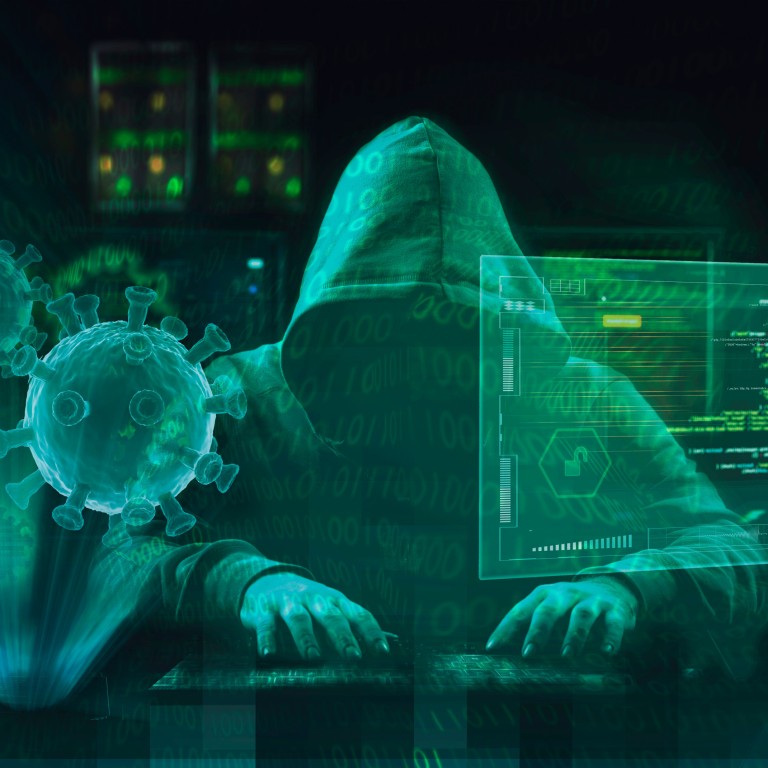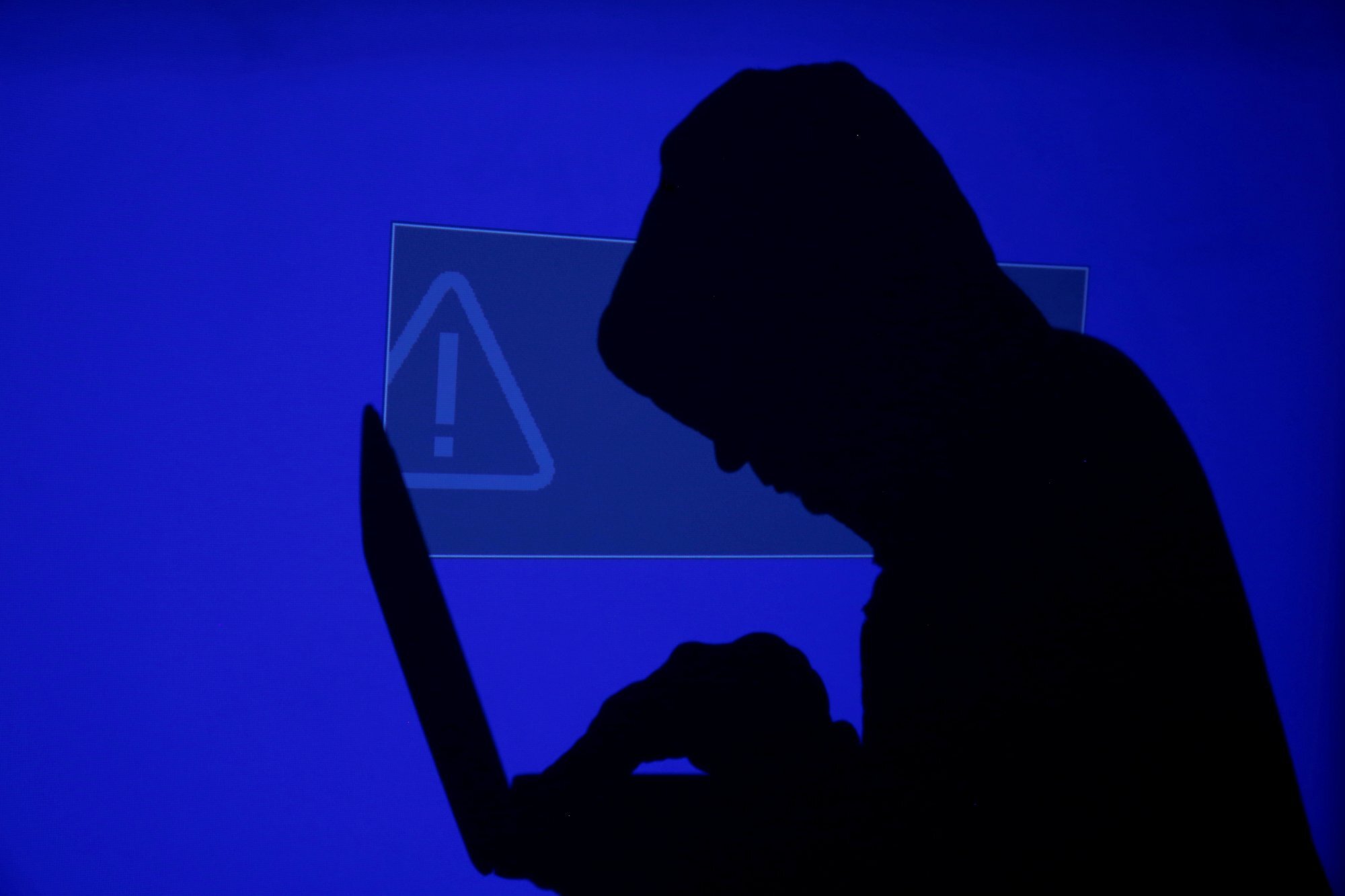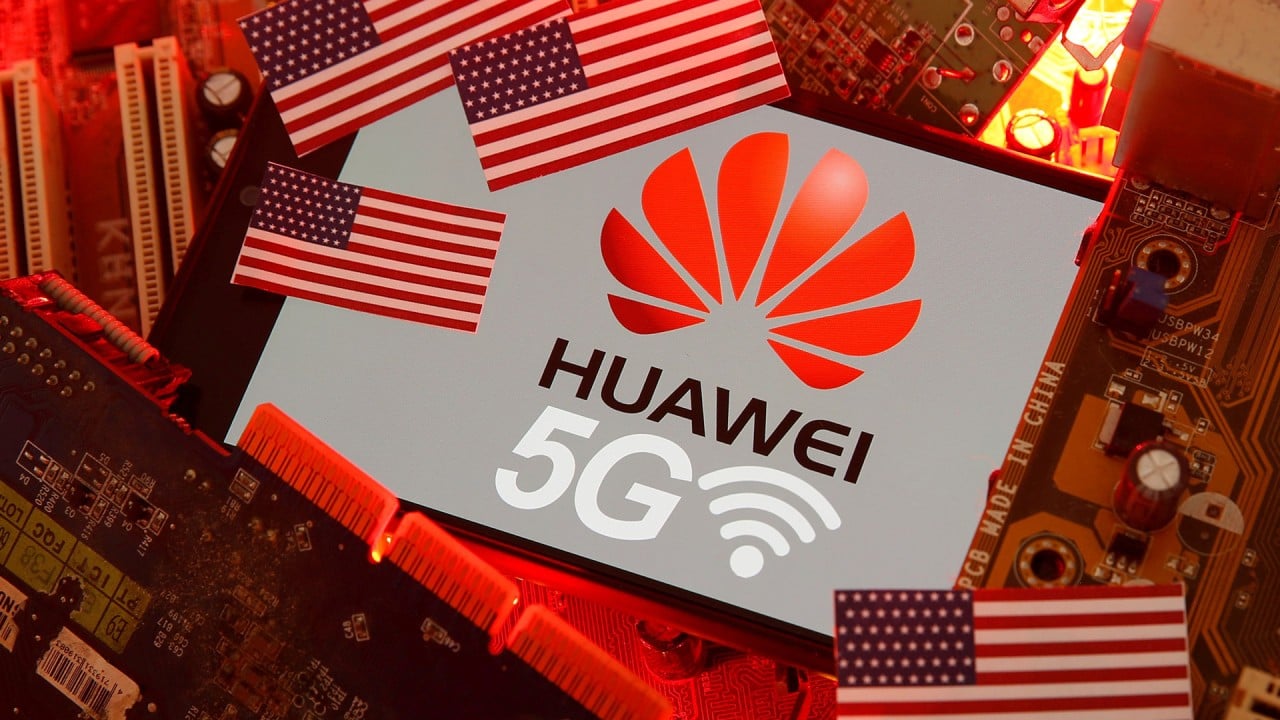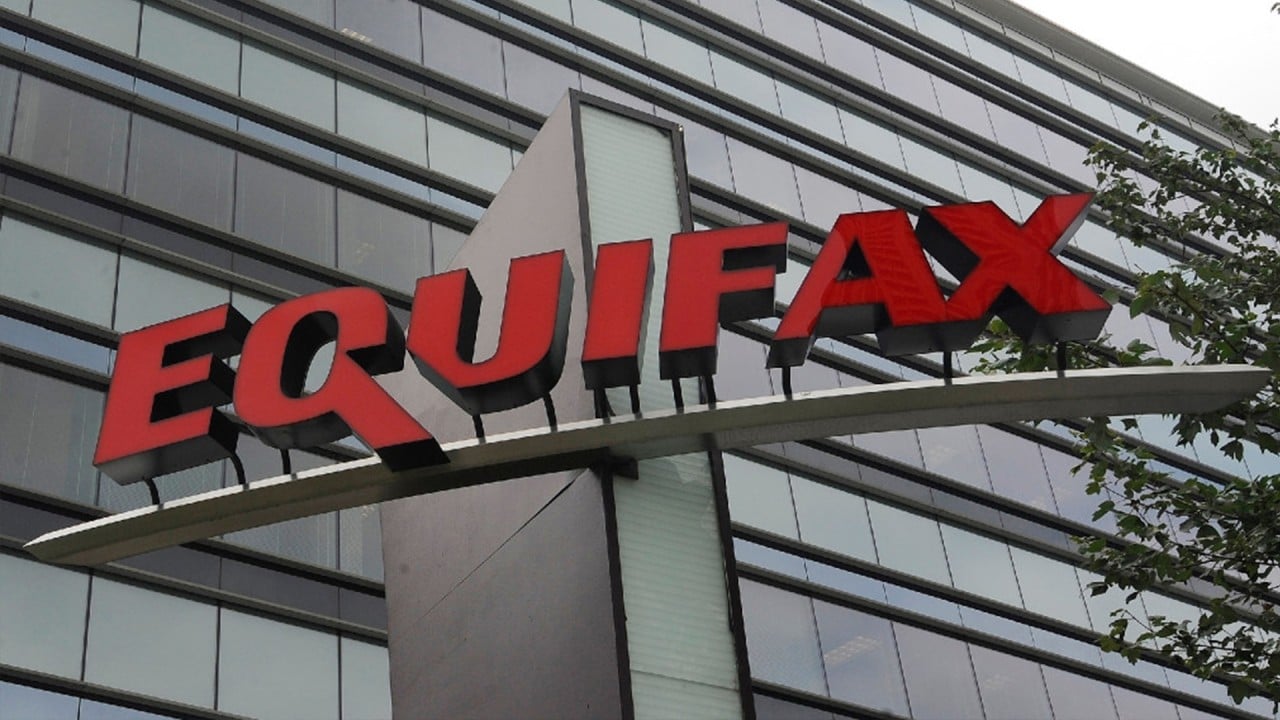
Russian hackers hit US and Europe. Is Asia the next target of a Massive Attack?
- The region has a high instance of automated attacks, though despite accusations from the US, China is more victim than perpetrator
- With Japan, Australia and the Philippines hosting most of the regional bad guys, it may be time for an IT clampdown
UNFINISHED SYMPATHY
After the massive attack on supply-chain businesses on July 2, company IT departments will have their work cut out.
TEARDROP
A group of hackers led a global ransomware attack on more than 1,000 companies in what appears to be one of the largest and best coordinated attacks ever on global supply chains – an important target that, when frozen, creates the most chaos and the highest chance of being paid off.
Will AI pricing lead Hong Kong’s shoppers to virtual insanity?
This is a global problem, not just something between old, or new, cold war rivals.
I AGAINST I
So, where are we most at risk? I picked these thoughts up from Security Magazine:
-
Social engineering, like those scary emails threatening me to cough up my phantom bitcoins. Or, more likely to succeed, an email from someone pretending to be your boss or colleague asking you to take a look at an attachment, or not-actually-grandma forwarding a link to a cooking website. Once they’ve tricked you into downloading a dodgy sausage recipe you have inadvertently left open a door for attackers. Cisco say this is about 95 per cent of all breaches.
-
Distributed denial of service (DDoS) attacks are where a company or organisation’s website or email services are targeted and swamped by traffic from networks of individual computers across the internet, without the owners of those computers knowing what’s going on. DDoS is now turning into a war between two artificial intelligence opponents: one that creates the problem and one that tries to detect such malicious web traffic and cancel it. Heaven knows what happens if the two become self-aware and team up.
-
Third-party software. This is where an organisation’s IT systems connect to other systems, any of which may have a critical security weakness that can be found by a hacker and exploited upstream. According to Verizon, almost half of hackers access their target through web applications, and this has affected the likes of Spotify and Instagram.
-
Cloud computing. Breaches of cloud accounts rose 250 per cent from 2019 to 7.5 million incidents with hackers specifically looking for cloud servers without passwords.

SAFE FROM HARM
The longer-term impacts of all of this would be well worth considering for investors, as there may be more opportunities in the already-expanding computer hardware and software market. Specifically:
-
New network infrastructure with bulletproof hardware and software. Firms like Cisco Systems for wired local area networks, and Alcatel-Lucent, Ericsson, Huawei, Samsung, NEC, etc, for wireless networks. There will also be sustained investment to modernise existing computer infrastructure, leading to demand for new servers and network technology. For those, Supermicro, Dell, IBM, HP and Lenovo come to mind.
-
The currently dirt-cheap cost of cloud computing is likely to rise, which may benefit US companies in the near term, and up-and-coming competitors in the longer run. Watch this space. At the moment Amazon Web Services (AWS), Microsoft Azure, Google Cloud, Alibaba Cloud and IBM Cloud currently lead.
-
Existing IT budgets are likely to be mainly spent on tackling cybersecurity challenges for some time, which is probably best approached for investment through ETFs, as many companies are new and growing fast: Global X Cybersecurity ETF (BUG), the First Trust NASDAQ Cybersecurity ETF (CIBR), the iShares Cybersecurity and Tech ETF (IHAK), and the ETFMG Prime Cyber Security ETF (HACK).
As for your own net surfing at lunchtime, munching on a sandwich while downloading new sausage recipes, expect more training from your employer to update you on the latest cybersecurity best practices, constant monitoring of activity and strict firewall blocking of websites not relating to work. Unfortunately, the ever more complex rules on passwords and trying to remember them without using yellow stickies, is here to stay.
Neil Newman is a thematic portfolio strategist focused on pan-Asian equity markets



